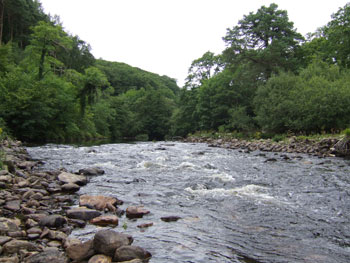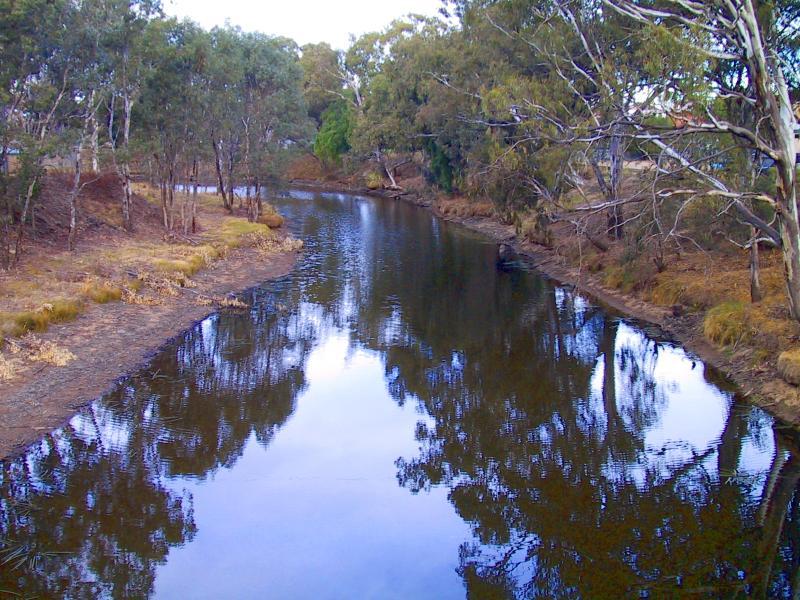Avoca River
Reaches of the Avoca River
Avoca River at Charlton
Template: Infobox River / Obsolete
The Avoca River is a river in the center and north-west of the Australian state of Victoria.
Geography
It rises at the foot of Mount Lonarch southwest of the village of the same name, and flows 270 km to the north through the towns of Avoca, Charlton and Quambatook. Although the valley of the Avoca River is part of the Murray - Darling Basin, but the river does not lead to the Murray River. Nowhere is the Avoca River is particularly wide, meandering north and eventually runs dry about 20 km south-west of the Murray River, between Kerang and Swan Hill in the Kerang Lakes, a marshy area.
Tributaries with muzzle heights
- Glenlogie Creek - 278 m
- Number Two Creek - 238 m
- Mountain Creek - 225 m
- Cherry Tree Creek - 202 m
- Sandy Creek - 200 m
- Smoky Creek - 199 m
- Brownhill Creek - 198 m
- Tarpaulin Creek - 190 m
- Fenton's Creek - 176 m
- Campbell Creek - 170 m
- Sandy Creek - 164 m
- Yeungroon Creek 131 m
- Mosquito Creek - 109 m
Orography
Although the Avoca River has 14,000 km ² a considerable catchment area, a large part is it in the northern plains, where average only around 350 mm of rain in fall and the flow rate of the water courses due to the small gap is not very high. The mean annual runoff over the Avoca River of 137 million m³ / a represent only 0.67 % of the total effluent from the state of Victoria dar. The majority of the water in the Avoca River comes from the narrow upper part of the catchment area where the annual rainfall averages about 600 mm / yr and most of the rain falls in winter and in spring.
Of all the rivers in the Victorian part of the Murray -Darling Basin, the Avoca River of the person subject to the most variation. In wet years, the outflow times be up to 10 times higher than in dry years. Usually the river in summer and autumn is no coherent waters more, but rather a series of water holes.
Although the Avoca River is the only significant river in this area is to him no dams have been built, but only six weirs of more local importance.
As in the dry seasons summer and autumn no runoff is often present, the river is also hardly used for agricultural irrigation. If an outflow is present, the Avoca River is usually too salty for irrigation of crop fields, but can still provide drinking water for sheep and cattle.










